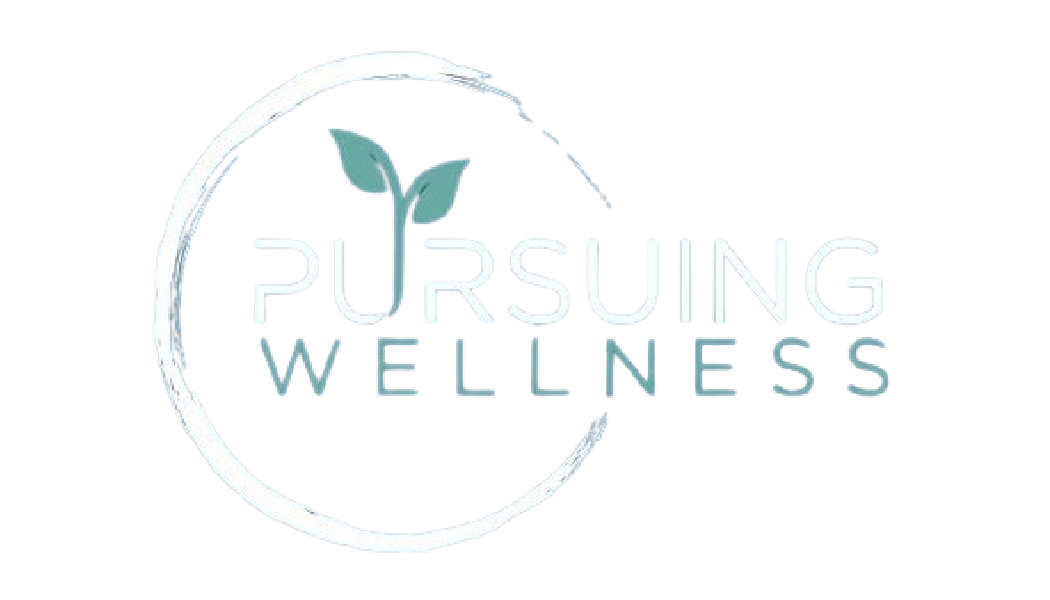Facing the Fog: Understanding Depression and Finding Your Way Through
Depression is one of the most common mental health conditions—but it’s also one of the most misunderstood. October is National Depression Education & Awareness Month, a time to break the silence, educate ourselves and others, and offer compassion to those walking through the fog of this invisible struggle.
At Pursuing Wellness, we believe depression is not a weakness—it's a signal that something deeper needs care, attention, and healing. This month, let’s talk about what depression really looks like, how to recognize it in ourselves or others, and most importantly—how to begin walking through it, not around it.
What Depression Really Feels Like
Depression isn’t just sadness. It’s an emotional heaviness that can affect how you think, feel, and function day to day. And it often shows up in ways people don’t expect:
Exhaustion, even after sleeping
Loss of interest in things once enjoyed
Irritability, withdrawal, or unexplained physical pain
Difficulty focusing or completing simple tasks
Feeling like you're “going through the motions”
Hopelessness, guilt, or a sense of emptiness
In severe cases, thoughts of self-harm or suicide
It’s important to remember: depression isn’t something you can just “snap out of.” But healing is absolutely possible—with support, intention, and the right tools.
Depression Looks Different for Everyone
It can impact:
Children and teens—who may act out, become irritable, or struggle in school
Adults—who may feel burned out, numb, or overwhelmed by daily responsibilities
Men—who may mask emotions through anger, isolation, or overworking
Women—who may carry invisible emotional loads while appearing "put together"
New parents—who may face postpartum depression and shame around asking for help
Depression has no single face—but it does have hope.
How to Begin Walking Through It
If you or someone you love is living with depression, here are supportive steps to take:
1. Name It Without Shame
Saying, “I’m struggling,” is not weakness—it’s strength. The first step toward healing is acknowledging where you are, without judgment.
2. Seek Safe Support
Whether it’s a therapist, life coach, trusted friend, or support group—you don’t have to do this alone. Professional guidance can help uncover root causes and build a plan for moving forward.
3. Start with One Gentle Shift
Healing doesn’t require an overhaul. Start with one thing:
A morning walk
A journaling prompt
A regular bedtime
Drinking more water
Taking 5 deep breaths before starting your day
Every small shift creates space for light to come in.
4. Listen to Your Body
Depression often lives in the body. Rest when you’re tired. Move when you feel frozen. Feed yourself nourishing food when appetite disappears. Your body is speaking—listen gently.
Supporting a Loved One with Depression
Be present, not pushy. “I’m here with you,” is more powerful than advice.
Check in regularly. Even if they don’t respond, knowing someone cares makes a difference.
Encourage professional help. Offer to help make the call, go with them, or watch the kids during the session.
Avoid minimizing. Phrases like “Just think positive” can invalidate their experience. Try: “You don’t have to go through this alone.”
You’re Not Alone—And You Don’t Have to Stay Stuck
Depression may feel like it clouds everything—but it doesn’t have to define your story. Healing takes time, intention, and the right support.
At Pursuing Wellness, we walk with clients through the fog, toward clarity, peace, and purpose.
We’re Here to Support Your Journey
Explore our services:
Individual therapy and life coaching for all ages
Pursuing Healing trauma support group
Walk-and-talk sessions to pair movement with mental health support
Mindfulness, yoga, and breathwork to support emotional regulation
Monthly Wellness Check-Ins for reflection, realignment, and goal setting
This October, Let’s Break the Silence Around Depression
Your life matters. Your story matters. And healing is possible—one step, one breath, one brave conversation at a time.



